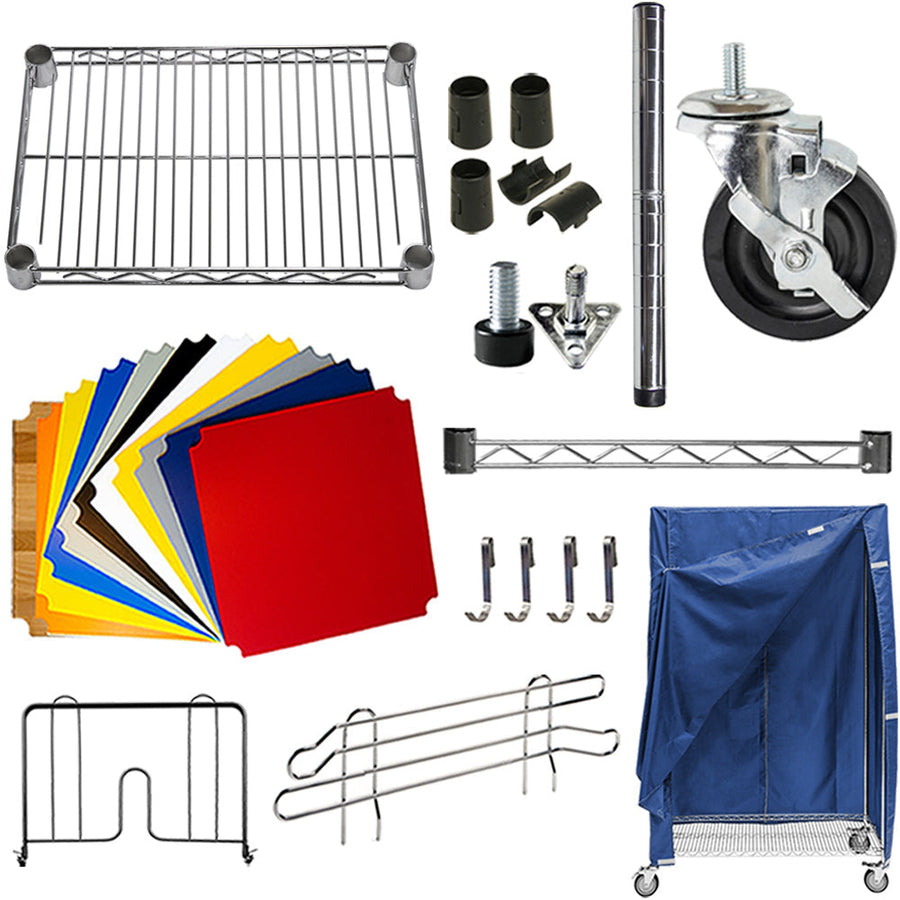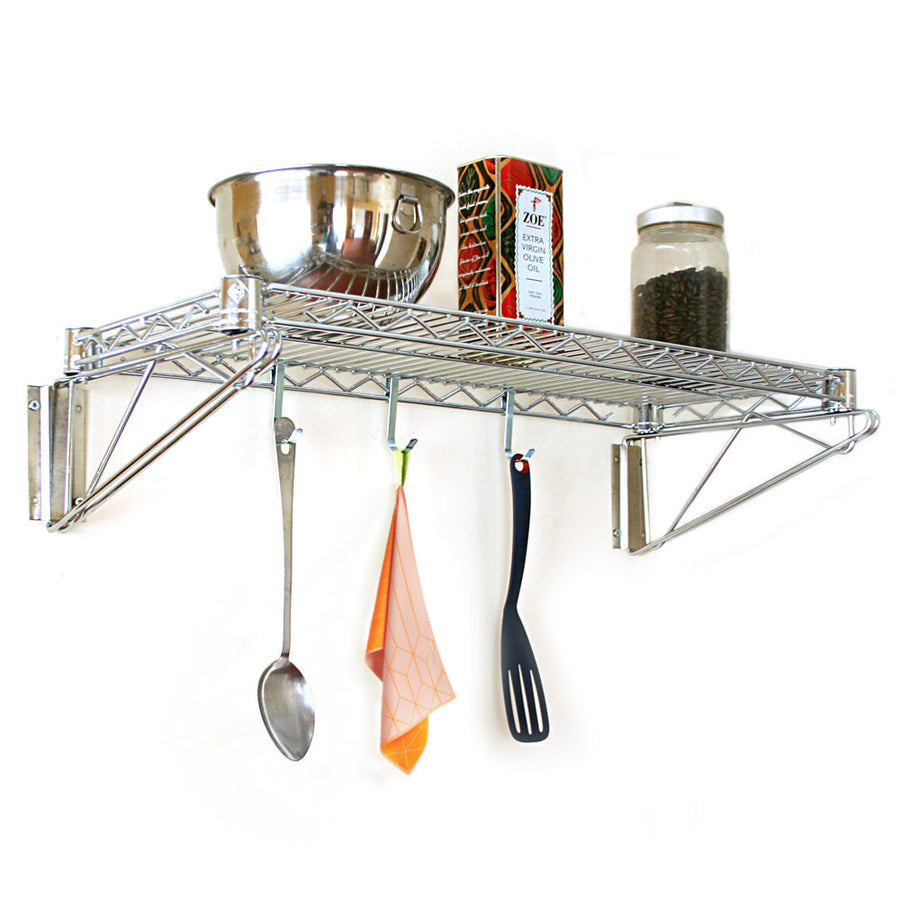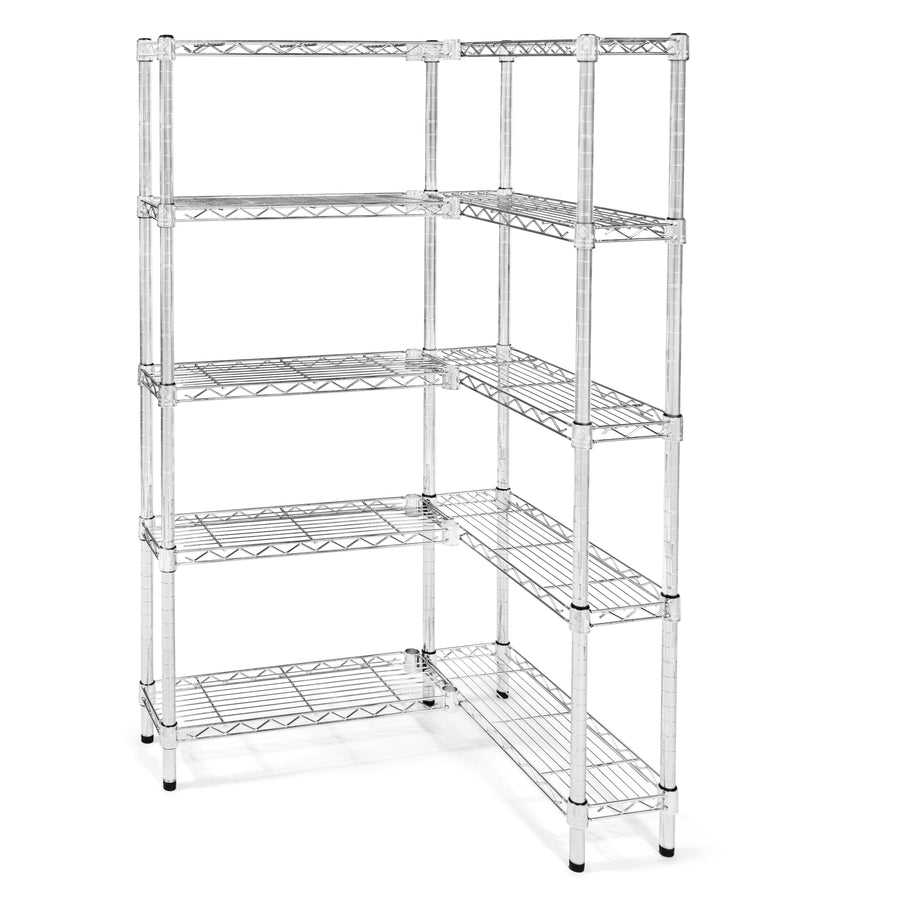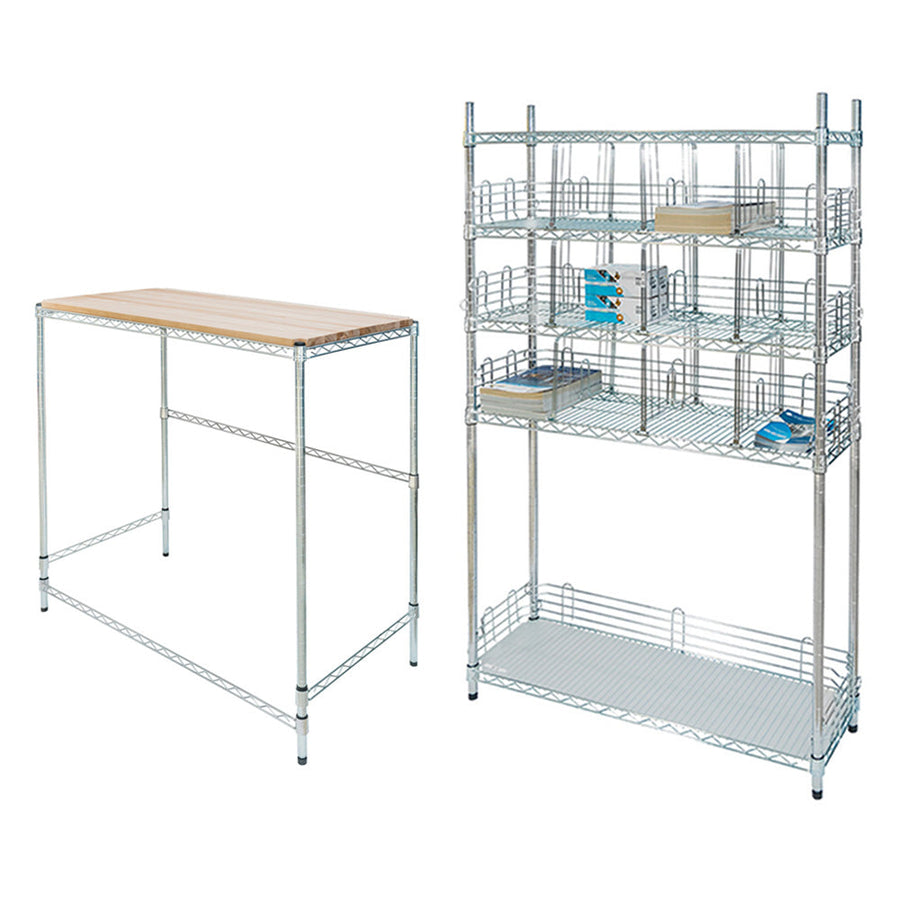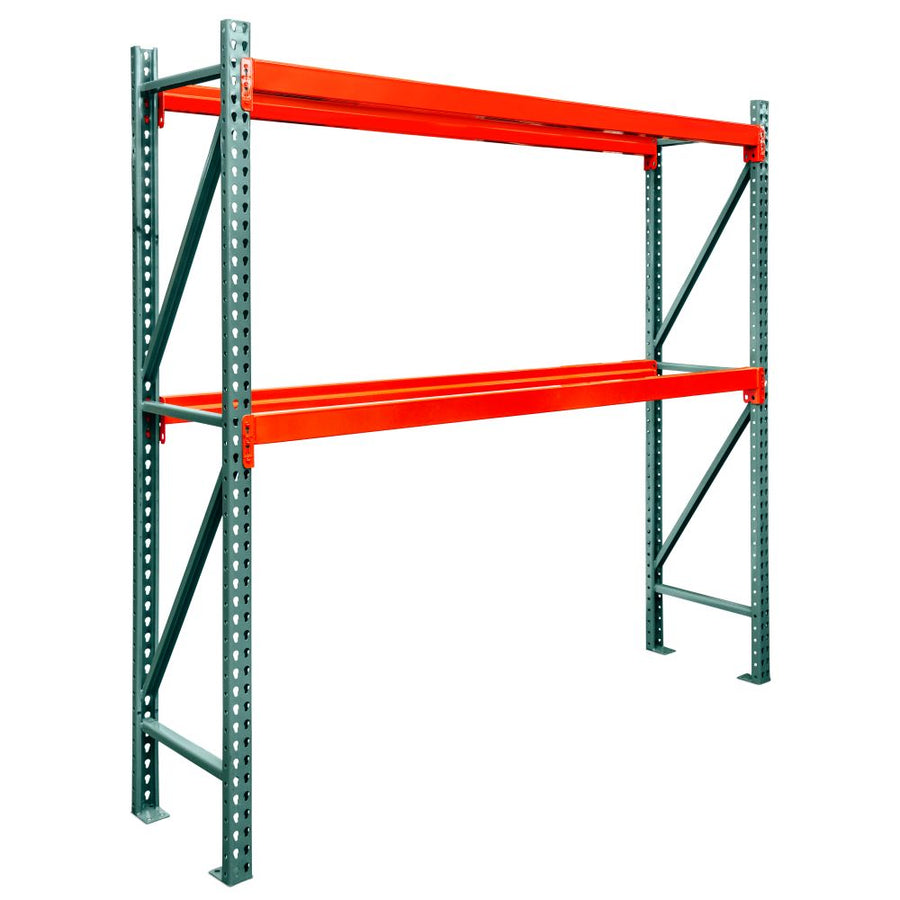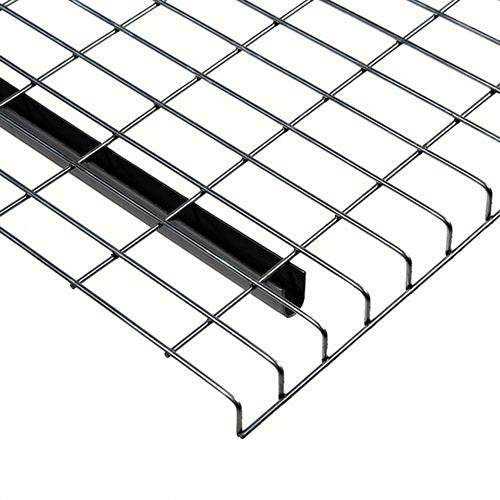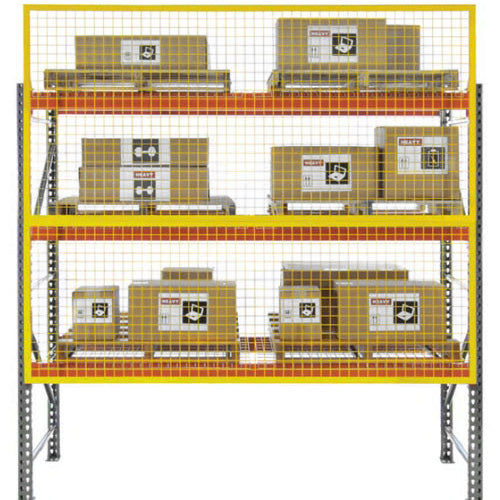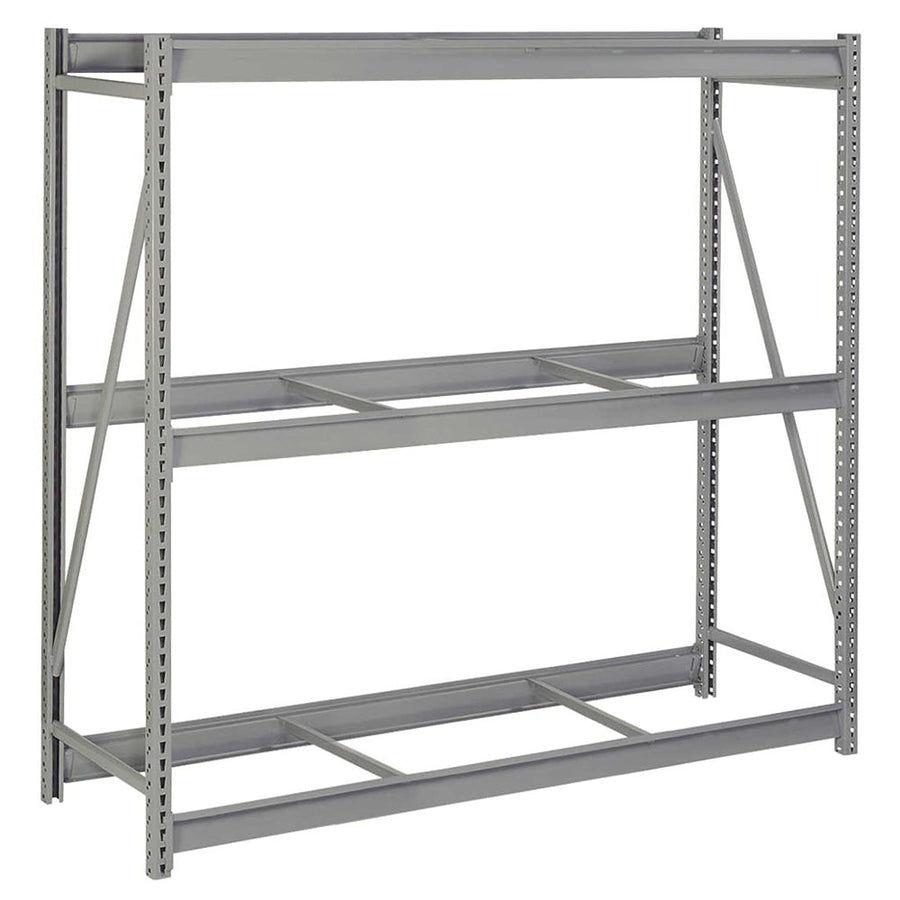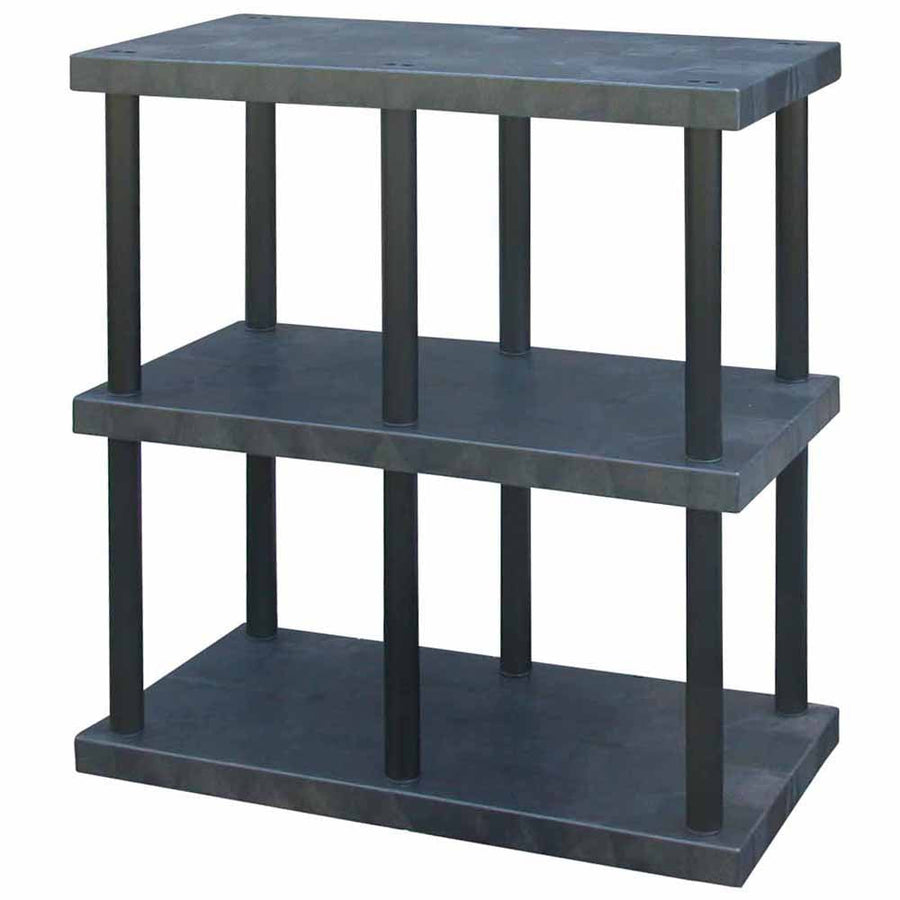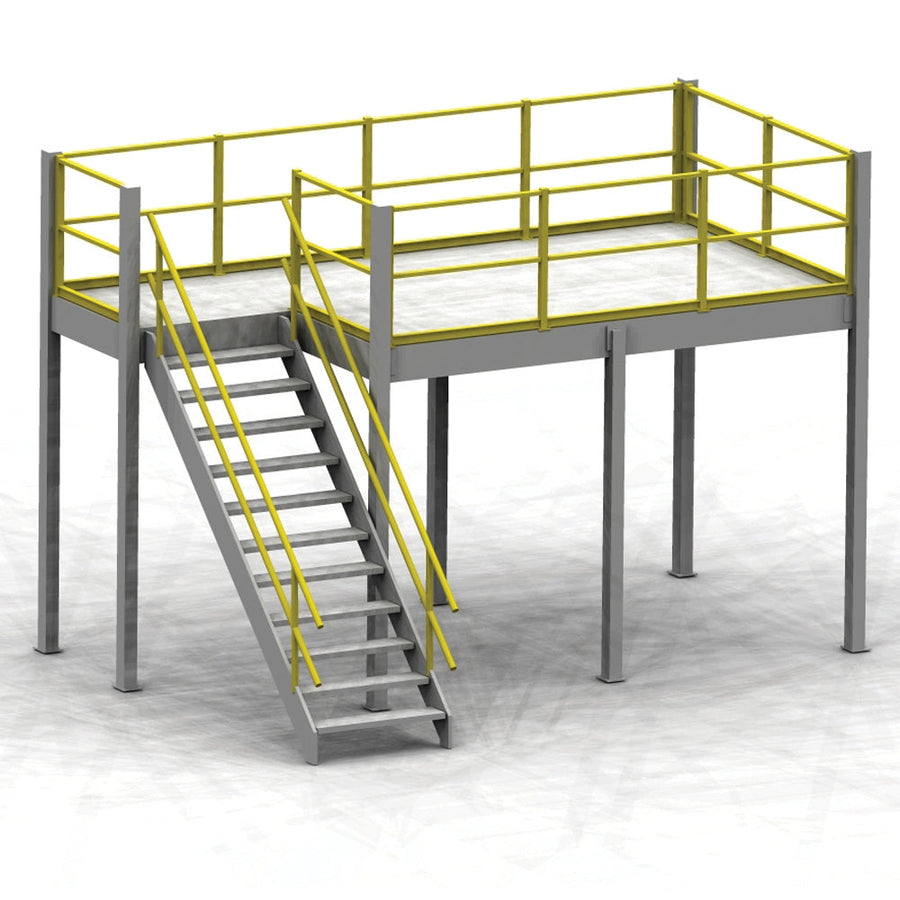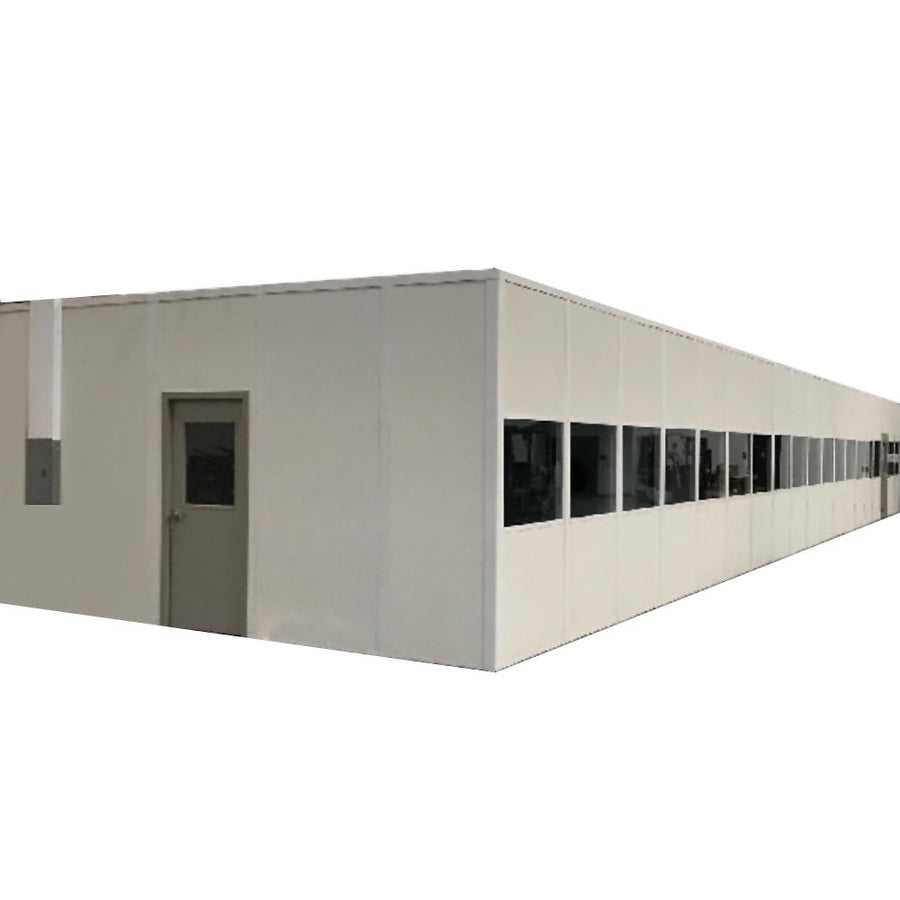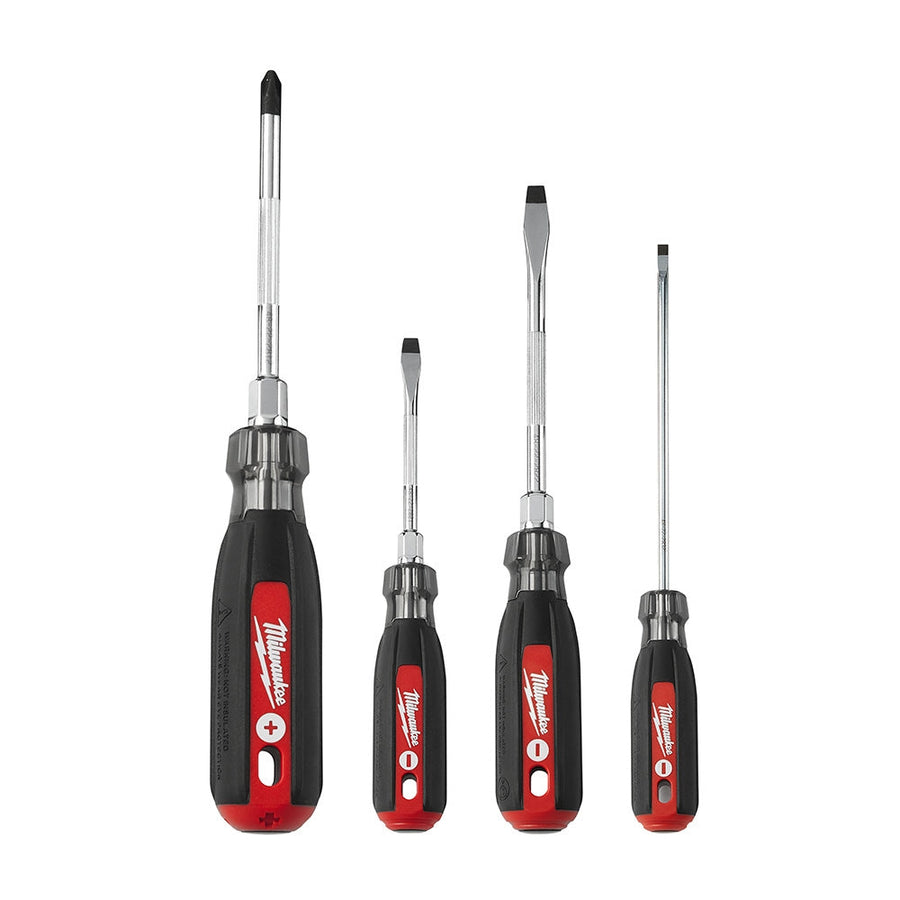Forecasting is one of the most important parts of any manufacturing business. It determines how many quantities of each item you’re prepared to make, it can have a hand in planning for budget and profit for the next year, and it can even determine how much extra equipment you need like wire shelving, industrial storage, and even staffing levels.
Not every forecasting system will work for every facility or every industry, but there’s a lot of things they all have in common. If you want to determine the right forecasting system for your factory, here’s a few elements you’re going to want to keep in mind:
- The forecast should be timely: A certain amount of time is going to be needed to respond to a new forecast. Capacity can’t be expanded overnight, and in order to increase or reduce production to meet the forecast you’re going to need enough time to reconfigure your equipment and processes. Accordingly, try to leave enough time in your forecasting to cover any potentially needed changes.
- The forecast should be accurate: Sure, this sounds a little obvious, but any forecasting needs to be as accurate and researched as possible. This will enable any user to plan for possible error, and will provide a good basis for comparing alternative forecasts.
- The forecast should be reliable: In a similar vein to being accurate, a forecast system needs to produce the same results every time. Even an occasional error could cause big problems for your overall forecast and projections, and could leave users with the uneasy feeling that their system isn’t as reliable as it should be.
- The forecast should be in the correct units: The forecast needs to be in a unit of measurement that is the most meaningful to whoever will be using it. If the forecast is primarily financial, measuring it in the cost of the items as opposed to the quantity of items produced will prove more useful, while production planners need to know how many of each unit will be produced, and so on and so forth.
- The forecast should be simple to understand and use: Forecasts that are overly complicated tend not to instill a lot of confidence in users. Make sure your forecasts are thorough enough to cover everything that needs to be forecasted, but simple enough that new users can get acclimated quickly.



